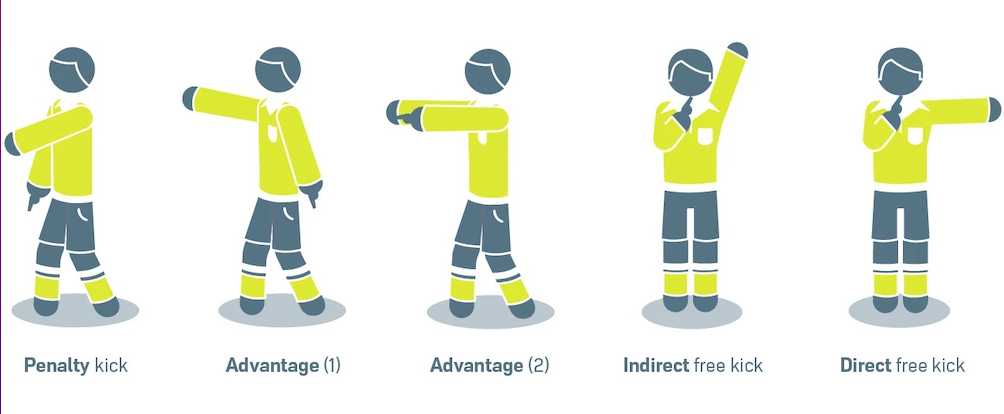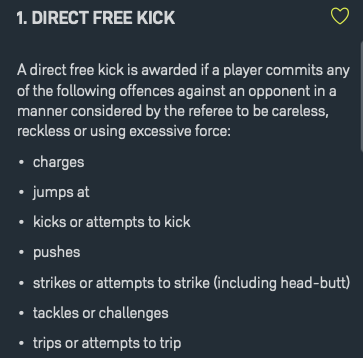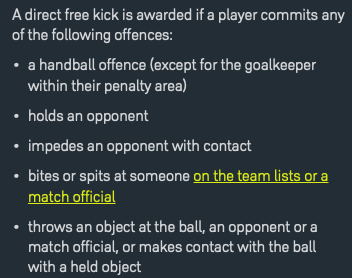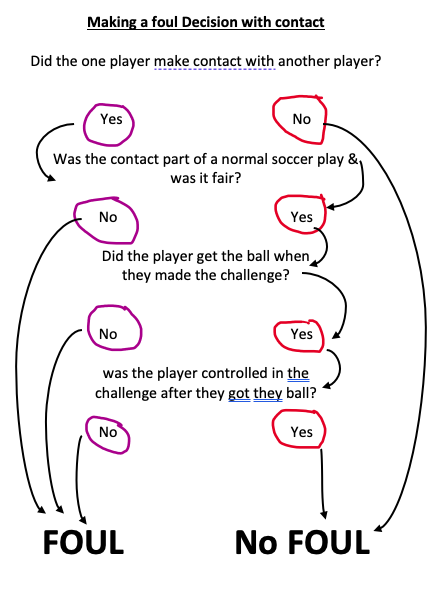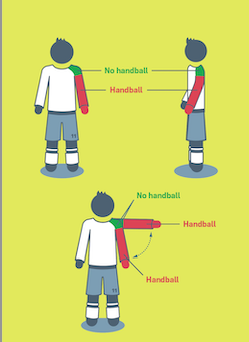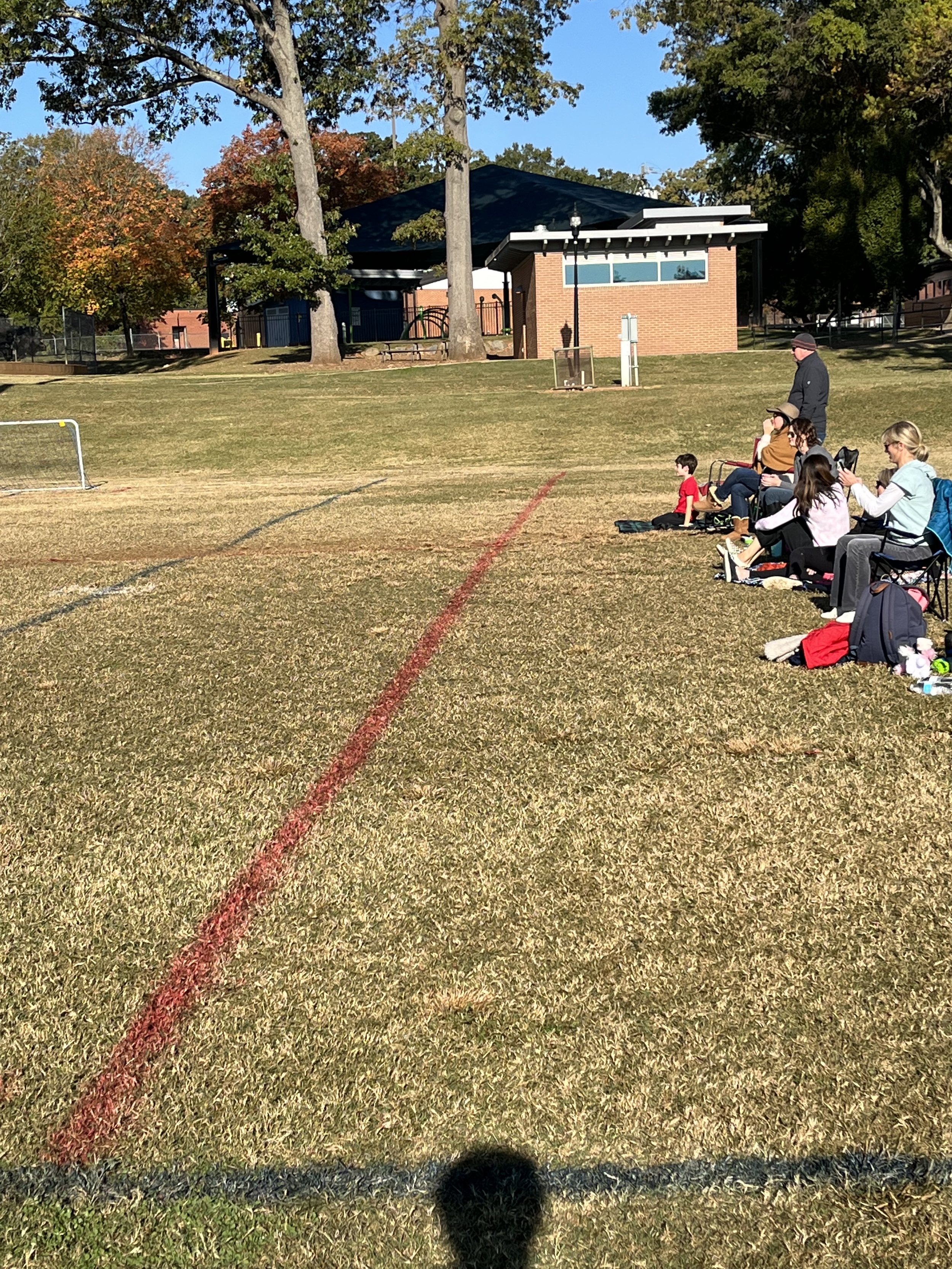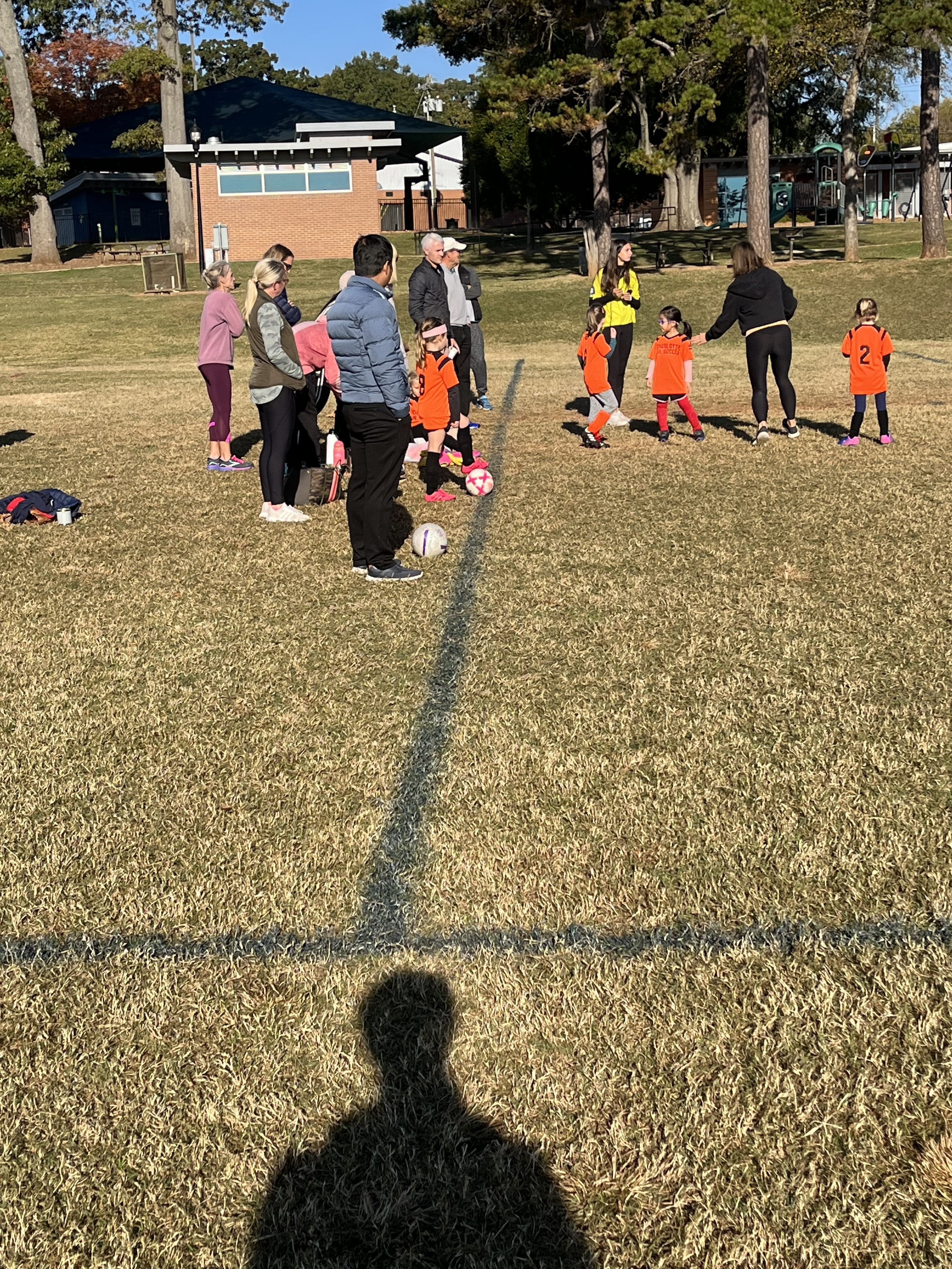New Referee Education
Whistle Basics
It’s a bit odd to think about learning how to blow a whistle because we think to ourselves “Just blow the whistle and they’ll listen to us, right?”
Well, that isn’t always as easy as it may seem. Read through some of our tips on how to blow your whistle and what the importance of how you blow it can do for you as a referee.
What does your whistle tell people? - “Look at me I have information to give you”
What do the different ways you blow your whistle tell people? - These are just a few simple whistles to get you started but are not all the ways you can use your whistle.
Simple whistle “tweet” - Simple Foul
Easy Long & Loud Whistle “Tweeeeet” - Kick Off / Start off game
Easy Loud Double Whistle “Tweet Tweet” - Administrative whistle (Subs / Water Break
3 or more quick whistles - Stop and look at me (ball quickly went out and back in to play and players don’t stop / Foul called and players don’t stop)
Tips for a strong Whistle
Blow air from you gut
Be strong with the air
NEVER BE AFRAID YOU ARE TOO LOUD - You want everyone to look at you when you blow the whistle
After you blow your whistle USE YOUR VOICE AND SIGNALS to communicate your decision.
Assistant Referee Signals
This is a great video on the mechanics and signals that you will use as an Assistant Referee. It may be an old video with the old US Soccer Referee Uniform but all of the information is still relevant today!
Where does the Assistant Referee Hold their Flag when not making a call?
In the hand closest to the referee!
In the left hand
When facing the field and / or side stepping
when running down towards the goal
In the right Hand
In the Right hand
When running up toward mid field
When making an offside call
Positioning and Movement Basics
Law 12 - Fouls and Misconduct
Types of Free Kicks
Making Foul Decisions - Direct Free Kicks (DFKs)
As Referees do we take into account if the player meant to commit the foul, or any other action?
- NO WE DO NOT - As referees we only judge the action. If a defender trips an attacker then we call a foul. We don’t judge intent.
Indirect Free Kick Offenses Committed by the Goalkeeper
Use this process to help you decide if a foul has been committed
Careless = No Misconduct / Reckless = Caution (Yellow Card / Excessive Force = Send Off (Red Card)
Definitions of the three levels of fouls
What if the foul is worse than just a normal foul? —> Misconduct (Yellow and Red Cards)
Reckless Tackle = Yellow Card (Caution) / Excessive Force = Red Card (Sending Off)
What types of Misconduct (Cards) are there for players?
Caution / Yellow Card Offenses
Delaying the restart of play
Dissent by word or action
Entering or Reentering the field or leaving the field without the Referees permission
Failure to respect the distance when play is restarted
Persistent offenses
Unsporting Behavior***
Entering The Referee Review Area
Excessively using the Review signal
What about coaches? Can they get cards too?
Send Off / Red Card Offenses
Denying the opposing team a goal or obvious goal scoring opportunity by a handball offense
Denying the opposing team a goal or obvious goal scoring opportunity by a foul
Serious Foul Play
Biting or spitting at someone
Violent Conduct
Using Offensive, insulting or abusive language or actions
Can a coach be given a card as well??
OF COURSE THEY CAN
CLICK HERE TO GO TO INFORMATION ABOUT COACHES AND WHAT WE CAN DO AS REFEREES TO WORK WITH THEM
HANDLING / HAND BALL - LAW 12 CONTINUED
What is a handling (HANDBALL) Offense?
When we decide if the ball hitting a players hand is a handling offense we need to decide two things first followed with a third important decision at the end.
1 - Did the ball hit the player while their hands were inside the natural silhouette of body?
- Yes —> No Handball
-No —> Arms were outside the Silhouette - Go to #2
2 - If their arms were outside the “Natural Silhouette” of the body and the ball hit the arm, was it a natural movement for what the player was doing? Example - if you’re running your arms naturally move forward and backward.
- Yes —> Go to #3
- No —> Handball offense has been committed
3 - Did the player score a goal immediately after the ball touched their hand?
- Yes —> Handball offense has been committed
The above picture shows a player in their natural position standing up.
Does it matter if the player hit the ball with their hand “On purpose”?
- No - As referees we don’t judge intent or what a player meant to do. We only judge the action.
Coach and Team Personal Misconduct -
Law 12 Continued
Just like players coaches and team officials can be issued Yellow and Red Cards. They can also be given a Formal Warning before you give them a yellow card. Below are all the of offenses that a coach can be issued misconduct for per the Laws of The Game. We will also give a few other tools to use during games that will help with situations involve coaches and even parents in the youth game.
Always approach coaches in a calm manner. If you come to a coach yelling it will only escalate the encounter.
Steps you can try and take with a coach before it goes too far.
When the ball goes out of play take a moment to talk with the coach
Tell the coach “I know you may disagree with my calls but you cannot talk to me that way.”
“Coach if you keep talking to me this way you could end up with a card”
As a AR or 4th Official - “I hear what you’re saying, the referee is closer than both of us and had a good view of the play.”
During a soccer game coaches will become excited and show emotion during the highs and lows of the game. As referee’s it is important that we understand, and allow, a little bit of emotion. It’s why we love the game of soccer to start with. However, we must know the difference between a moment of emotion or frustration after a big moment in the game or a big decision by the referee and continued dissent or inappropriate comments towards a referee. When it crosses the line into dissent or inappropriate comments we must take action using the laws of the game. Below are some examples of each
A moment of emotion or frustration
Coach says “That’s a handball”, “Hey ref that’s a foul” “Offside!” in a quick and easy manner and goes back to coaching their team
“Ref, I think that their player missed the ball and kicked my player” said in a respectful way and they go back to coaching
An open positive conversation with a coach can be helpful to the game. Sometimes a coach just wants to know what you saw and move on. That is okay to talk with them, quickly, about what you saw.
Dissent or inappropriate comments towards a referee
Yellow Card / Cautions
Aggressive yelling at the referee
Continual yelling at the referee
Kicking a water bottle or other items on the sideline when upset with a call
constantly telling the referee they’re wrong
approaching the referee from a long distance to yell at you
A long drawn out conversation where the coach is not respecting you is not okay. Give the coach your explanation and move back to the game.
Red Card / Send Offs
Coming onto the field from their bench to dissent towards the referee.
Cursing at the referee
Being Physically aggressive towards the referee.
Touching the referee
Dealing with Parents
If a parent is becoming inappropriate do not approach them as a referee. Stop the game, go the coach for that team’s parent (if you don’t know bring both coaches together) and tell them that the game will not re-start until that parent stops (or leaves if necessary). If it continues you can tell them to remove the parent. ALWAYS CONTACT YOUR ASSIGNOR IF YOU HAVE TO DO THIS, EVEN IF YOU THINK IT IS MINOR. Your assignor is here to help you and deal with these types of problems.
Law 11 - OFFSIDE
Two majors parts to Law 11:
#1 - Offside Position
#2 - Offside offense
You can’t committed an offside offense without having criteria in #1 and #2 meet
OFFSIDE POSITION (Red Is attacking the goal)
If the player meets the criteria for #1 and they do one of below actions then they have committed an offside offense.
Pre-Game Responsibilities
These are the important things to do before the match begins which can help you have a great match out on the field!
Arrive 30 minutes prior to the kick-off time of your match.
Why? - This gives you time to do all your pre-game responsibilities, warm up / stretch and talk with your referee crew before the match starts
Walk the field to ensure everything in LAW 1 - The Field of Play is correct.
Corner flags in the correct spots, goal posts line up with the goal line and are anchored, spectators are far enough away from field, etc…
Introduce yourself to the coaches.
This shows them that you’re a strong professional referee before you’ve even blown your whistle
Roster Checks
Most Leagues require some type of roster for matches. Confirm everyone is one the roster that is playing or sitting on the bench.
Pre-Game talk with your crew
Talk with your crew so you know how to best assist each other during the game
Captains meeting and Coin Flip
Learn the captains names, they could be useful during the match.
A simple quarter is fine for your coin flip.
Picture 1
Picture 2
Why are pregame responsibilities important?
Look at the pictures to to left. Both are the sideline of a field. Ask yourself, if you are the referee or assistant referee running on this sideline, which sideline would you want to run on? We pick the first picture every time.
If coaches and/or spectators set up too close to the field ask them to move back before the game starts. This will keep you and the players safe.
Asking parents to move back - “Hey Everyone, I need you all to move back about 6 feet, I want to make sure I don’t run into anyone and when they players come over this way they have enough room not to get hurt. Thank you, enjoy the match today!”
Asking Coaches to move back - “Hi Coach, we’re almost ready for the game, could I get your team to move their bags and water bottles back about 6 feet. I don’t want to accidentally trip over any of them while the game is happening or any of the players to run into them while playing. Thank you, Good luck today.”
Restarts During a Soccer Match
What is a Restart? —> A restart is used to put the ball back into play when the ball has gone out of play or play has been stopped by the referee for any reason. There are EIGHT restarts in soccer.
- KICK OFF - DROPPED BALL - THROW IN - CORNER KICK - GOAL KICK - DIRECT FREE KICK - INDIRECT FREE KICK - PENALTY KICK -
We find this video very helpful in explaining when to use each restart as well as what to do and not to do. This is a long video but we high suggest setting aside time to watch this video and understand what to do and not to do during a restart.

